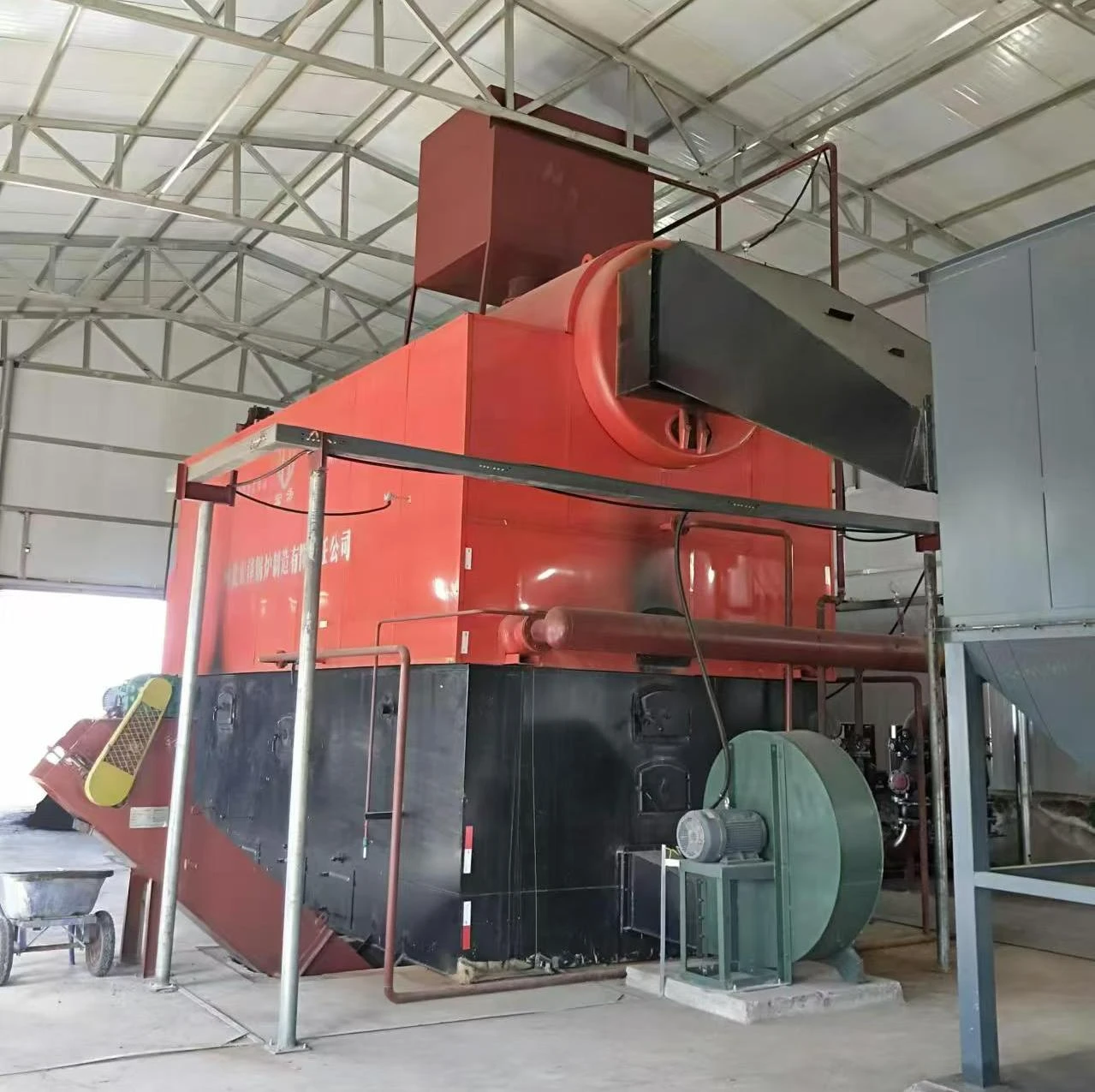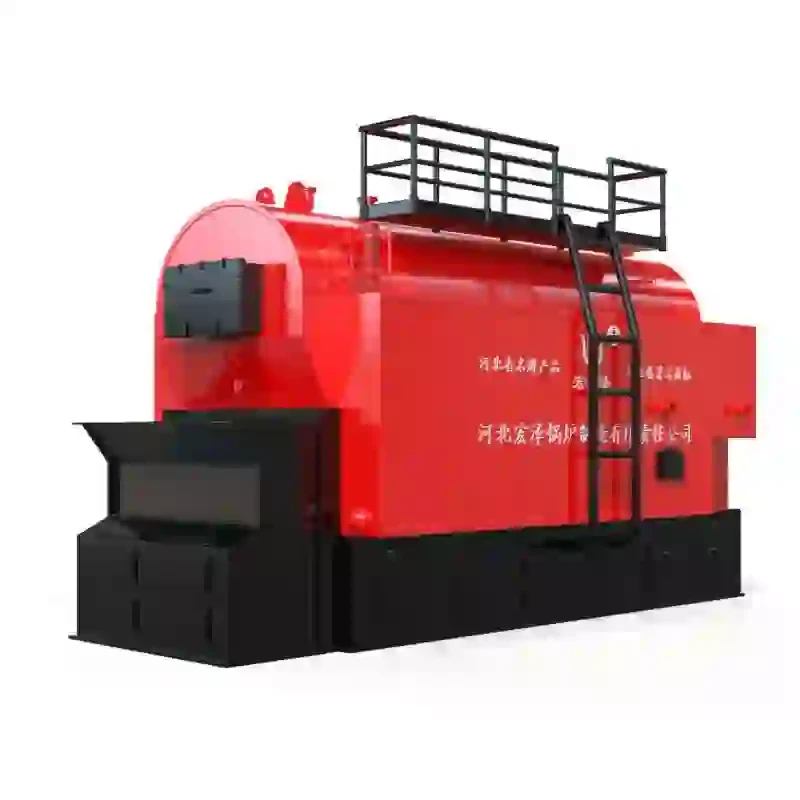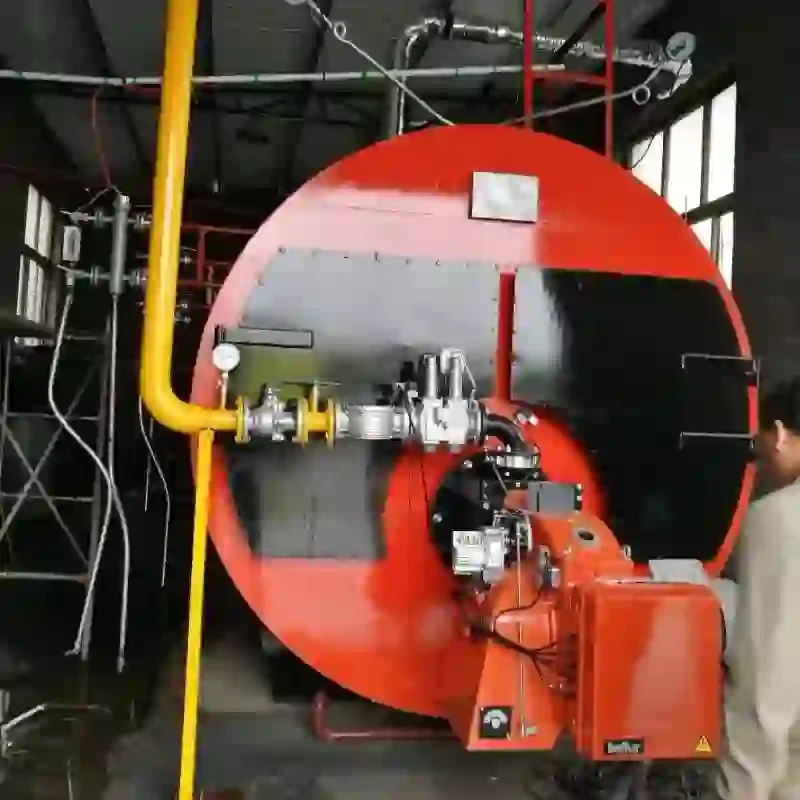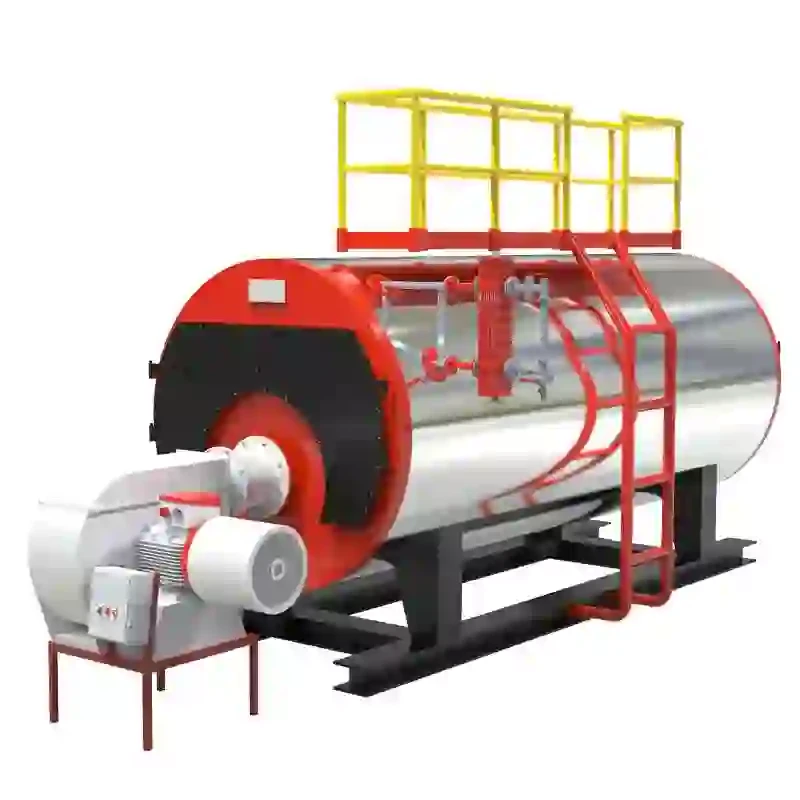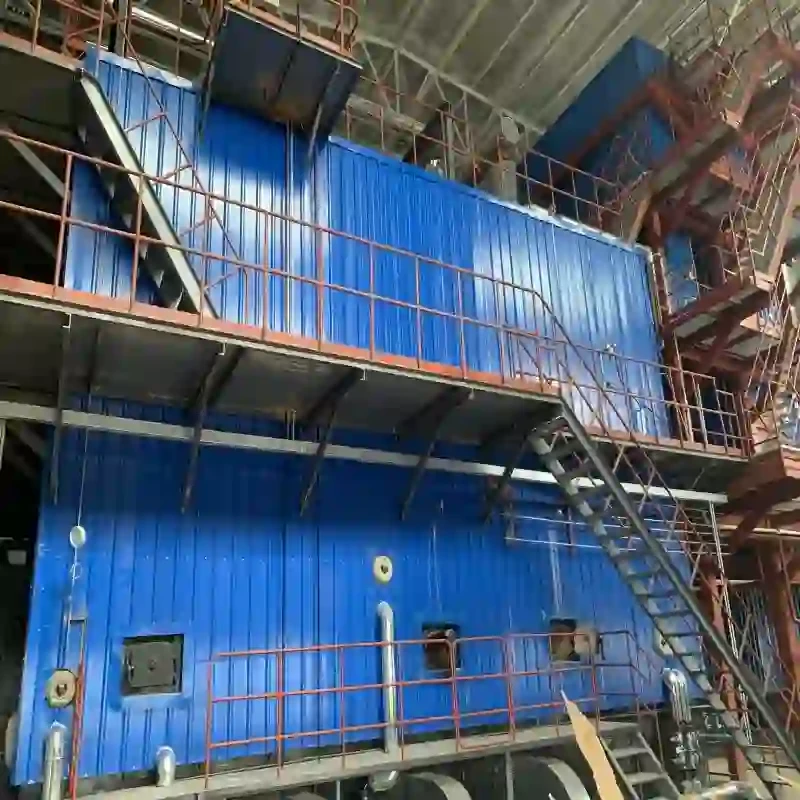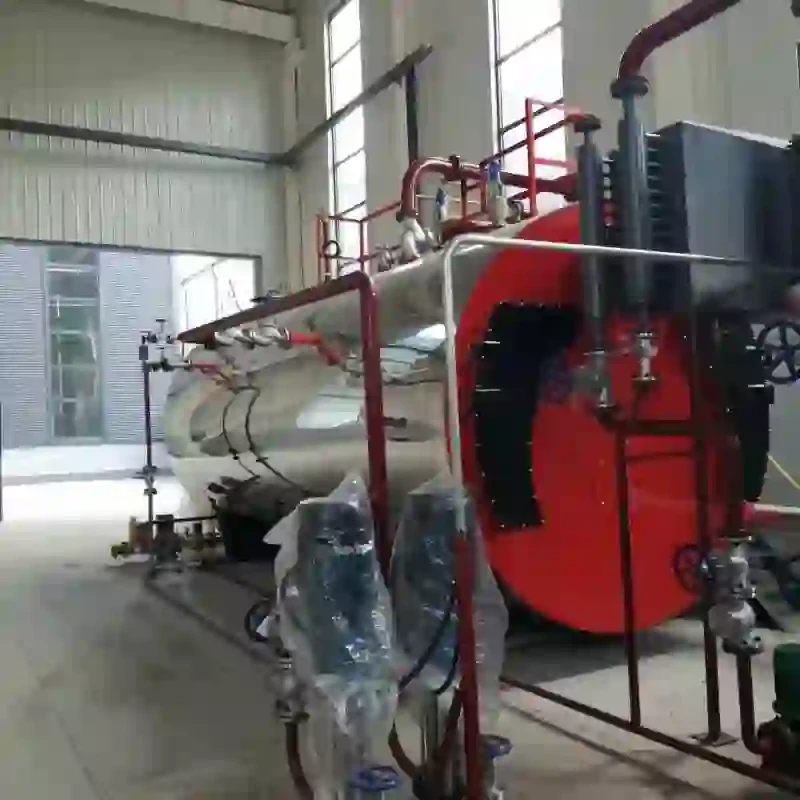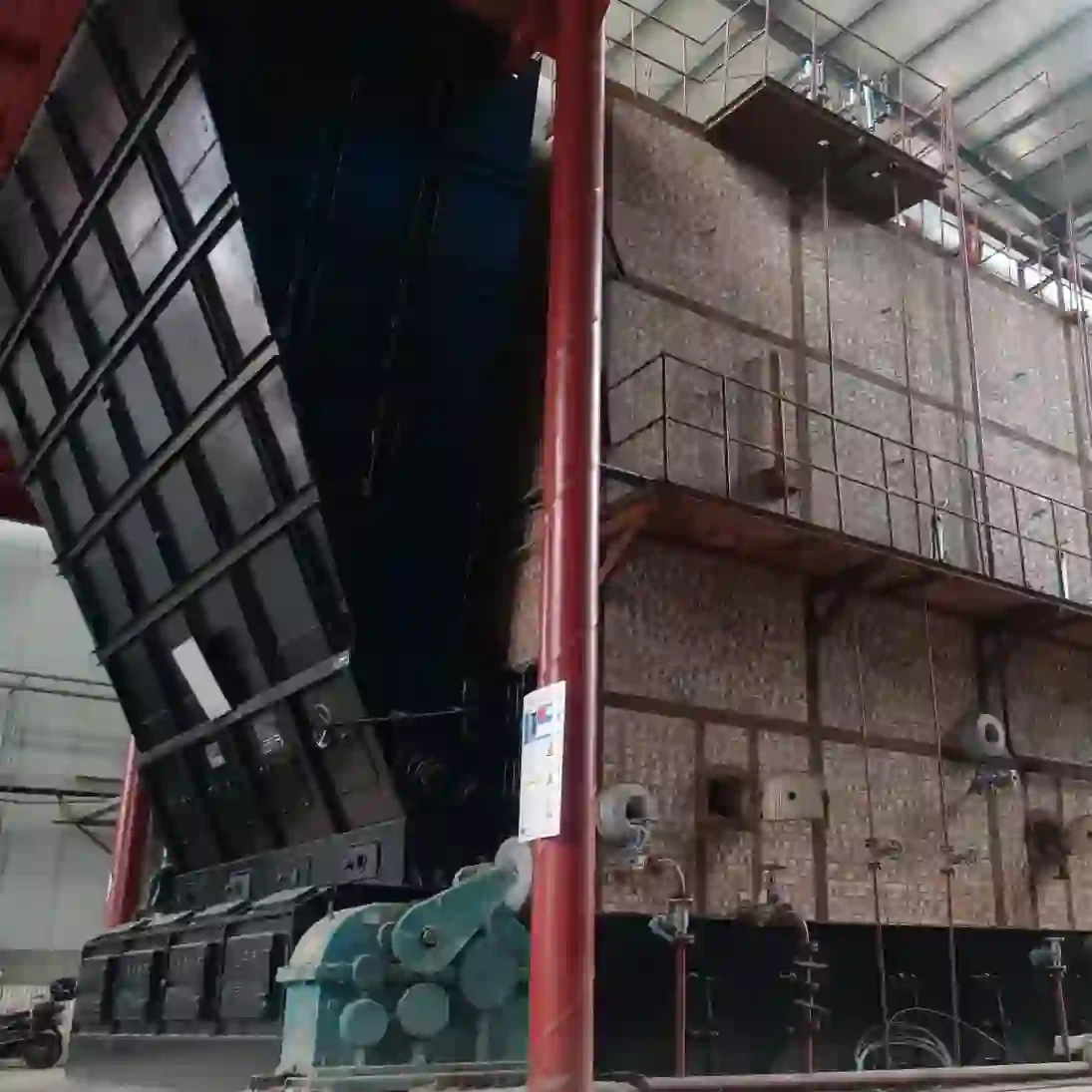
Sep . 13, 2024 07:19 Back to list
how does oil boiler heat water
How Does an Oil Boiler Heat Water?
Oil boilers play a crucial role in heating systems, particularly in areas where natural gas is not readily available. Understanding how an oil boiler heats water can provide insights into its efficiency and functionality.
An oil boiler operates on a straightforward principle it burns oil to generate heat, which is then transferred to water. The process begins with the delivery of heating oil, typically stored in a tank located near the boiler. This heating oil is usually a specific grade of fuel oil, designed to be efficient and safe for residential use.
How Does an Oil Boiler Heat Water?
As the oil burns, it produces hot combustion gases. These gases pass through a heat exchanger, a crucial component of the boiler. The heat exchanger is designed to transfer heat from the combustion gases to the water circulating within the boiler. The water in the system is usually stored in a separate tank or is directly integrated into the heating system.
how does oil boiler heat water

The water absorbs the heat from the heat exchanger, increasing its temperature. Once heated, the water can then be circulated throughout the home via radiators, underfloor heating systems, or hot water taps. The heated water transfers its warmth to the air in the living spaces or provides hot water for domestic use, such as bathing and cooking.
An important aspect of oil boilers is their control systems, which ensure that the heating process is efficient and safe. The thermostat plays a key role in this system. When the thermostat detects that the home temperature has dropped below a set level, it signals the oil boiler to start heating. Conversely, once the desired temperature is reached, the thermostat will turn the boiler off, helping to conserve energy.
Maintenance is also a vital part of ensuring that an oil boiler operates efficiently. Regular inspections can identify issues such as blockages in the fuel line, inefficiencies in the burner, or problems with the heat exchanger. Keeping these components in good working order not only extends the life of the boiler but also enhances its efficiency, reducing fuel consumption and operating costs.
Furthermore, advancements in oil boiler technology have led to the development of high-efficiency models that use less oil and produce fewer emissions. These modern boilers often incorporate condensing technology, which allows them to capture and utilize heat from the flue gases that would otherwise be lost, providing even greater efficiency.
In conclusion, oil boilers heat water through a well-coordinated process of combustion, heat exchange, and circulation. Understanding this process helps homeowners appreciate the importance of maintenance and the advantages of efficiency improvements. As oil technology continues to advance, these systems will likely become even more efficient, environmentally friendly, and integral to heating residential spaces effectively.
-
Comprehensive Guide to Steam Boiler Installation Diagram – Global Best Practices and Future Trends
NewsNov.24,2025
-
A Practical Guide to the Selection of Steam Boiler for Industrial Efficiency
NewsNov.23,2025
-
Comprehensive Guide to Steam Boiler PDF Manuals and Their Global Impact
NewsNov.22,2025
-
Discover How Steam Boiler Videos Improve Industrial Training & Safety
NewsNov.22,2025
-
Comprehensive Guide to Wood Fired Steam Boiler Design – Efficiency, Applications, and Innovations
NewsNov.21,2025
-
Comprehensive Guide to Steam Boiler Working – Efficiency & Applications
NewsNov.20,2025
Related PRODUCTS






